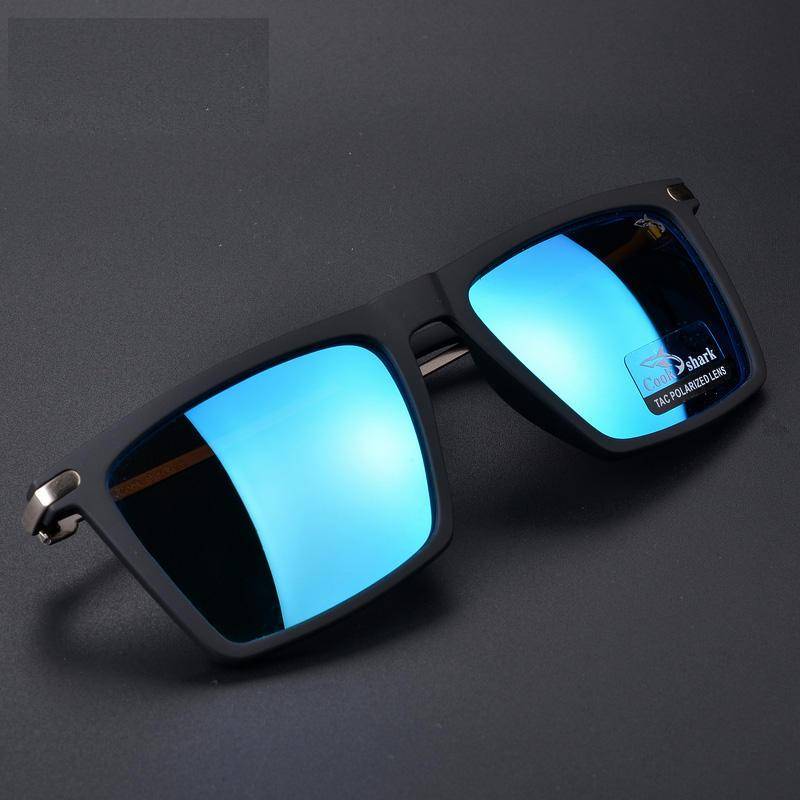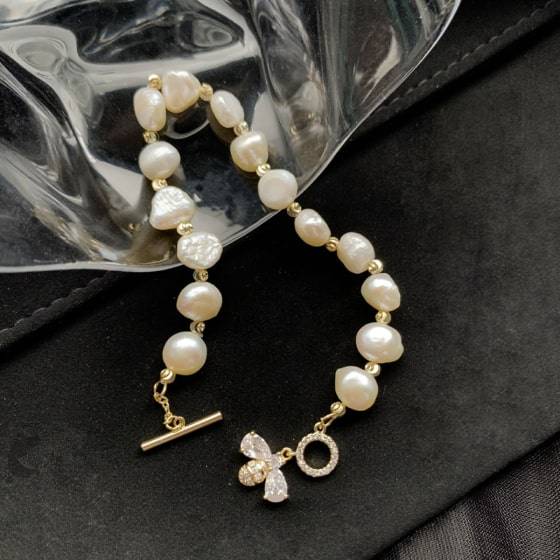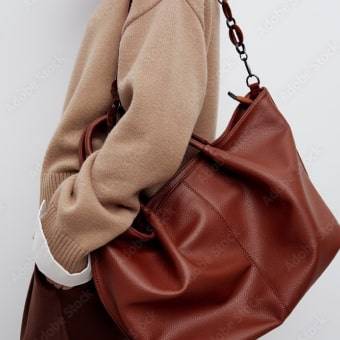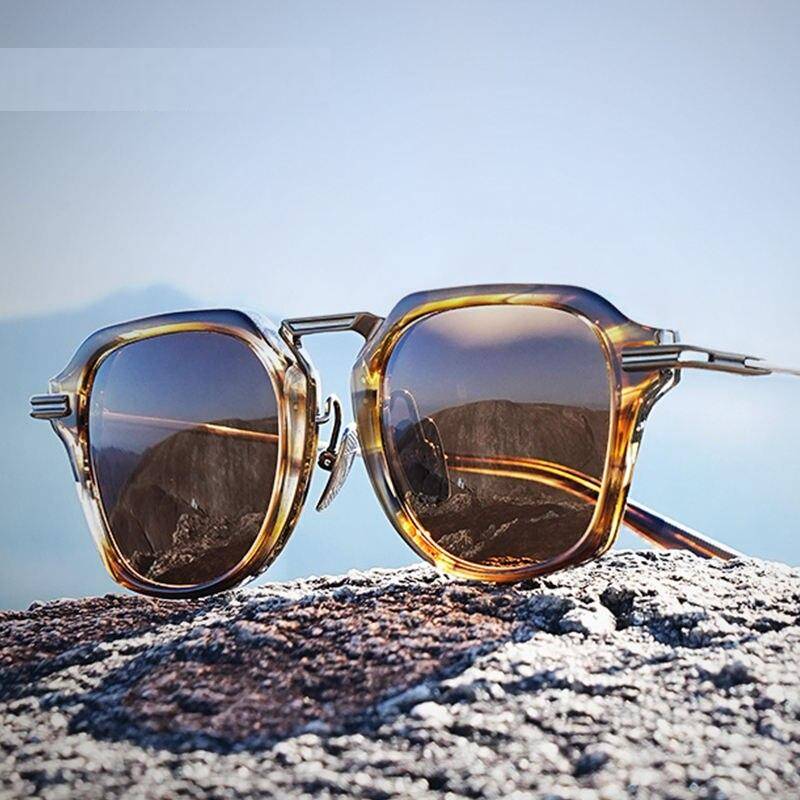The Cook Shark Sunglasses Guide: Tints, Frames, Fits, Picks

Late afternoon. Low sun. Chrome-bright road. You squint—until the glasses go on. Glare drops, edges sharpen, and the drive relaxes. That’s the job Cook Shark aims to do: polarized, UV-labeled shades built for drivers, anglers, and anyone who actually lives outside. This guide skips fluff and shows you what matters—polarization vs UV400 vs photochromic, frames that stay comfy, tints that make sense, and the styles worth your money.
I’ve worked around eyewear long enough to know the game. Some brands throw fancy names at average optics. Others engineer the right basics and price them for humans. Cook Shark sits in the second camp: value-first, function-forward, light on marketing fluff. Are they perfect? No. Are they solid, reliable, and surprisingly comfortable for the price? That’s the point of this long, honest guide—so you can pick the right pair and know exactly what you’re getting.
What “Cook Shark Sunglasses” Actually Means
Cook Shark (you’ll also see it written as Cookshark or COOKSHARK) isn’t a couture label with a flagship on Fifth Avenue. It’s a marketplace-driven eyewear brand known for polarized lenses, UV400 protection, and frequent photochromic variants. Frames tend to be aluminum-magnesium (Al-Mg) or lightweight polymers, and most styles lean driver/sport/aviator rather than fashion-experimental.
The promise is simple: cut glare, protect your eyes, keep the frames featherlight, and don’t punish your wallet. If you’re building a category page, that’s the line worth putting right at the top. But let’s back it with substance.
The Short Version (If You’re Skimming Before Checkout)
- Polarization = less glare from roads, water, and glass. Your eyes relax.
- UV400 = blocks both UVA and UVB. That’s eye health, not just comfort.
- Photochromic options = lenses that darken with UV for day-to-night convenience.
- Al-Mg frames = strong, light, corrosion-resistant; good for sweating and travel.
- Use cases = commuting, fishing/boating, hiking, beach days, all-around summer.
- Price reality = value gear. You’re buying function at a sane price point.
If you’re still with me, let’s go a layer deeper.
What Makes Polarized Lenses Feel So Different?
Glare is light reflecting in a way your eyes hate—often horizontally—from roads, windshields, water, sand, or snow. Polarized lenses act like tiny vertical blinds, blocking most of that horizontal chaos. The result: richer contrast, cleaner outlines, and less reflexive squinting.
You’ll notice it most:
- Driving toward a low sun.
- Standing by a lake or sea.
- Walking across white stone, desert, or snow.
- After a long day when your eyes already feel cooked.
It’s also the reason anglers obsess about polarization. You can often see “into” the water better, spotting structure or fish under the surface instead of just a mirror of sky.
One quick home test: look at an LCD screen (phone, car display) and rotate the glasses. Polarized lenses often make the screen darken or rainbow at certain angles. It’s not foolproof, but it’s a decent party trick to check the filter is real.
UV Protection: The Quiet Non-Negotiable
Polarized ≠ UV. They’re different jobs. Polarization fights glare. UV400 blocks ultraviolet radiation that can contribute to long-term eye damage. You want both.
Good news: Cook Shark specs typically call out UV400 alongside polarization. If you’re posting product descriptions on your store, make that explicit. Customers care, and they should.
I’d rather wear cheap, ugly, UV-blocking lenses than beautiful shades with poor UV. Thankfully you don’t have to pick between looks and safety here.
Photochromic: Worth It or Hype?
Photochromic lenses change tint with UV exposure. Outdoors in sunlight, they darken. Step into a café, they fade back. Handy? Definitely—especially if you don’t want to carry a second pair.
Two quick realities, though:
- Car windshields filter UV, so the change can be slower or lighter when you’re driving.
- Temperature matters. On a hot day, some photochromics don’t darken quite as much. On a cold day, they can go darker.
Do photochromics make sense for a commuter who walks, trains, and drives a little? Absolutely. Will they fully replace a dark, fixed-tint lens for high-glare beach days? Probably not. Know your routine, choose accordingly.
Frame Materials: Why Aluminum-Magnesium Works
There’s a reason you keep seeing Al-Mg in Cook Shark listings. The alloy is light, strong, and corrosion-resistant. Sweat and salt air are cruel to metal. Al-Mg handles both better than most budget options. It also keeps the weight down, which matters more than you think. Heavy sunglasses slip, pinch, and leave marks on your nose. Light frames disappear.
Other common materials:
- TR-90 (a flexible polymer): near weightless, forgiving, wallet-friendly.
- Stainless steel: classic wire frames; sturdier feel, slightly heavier.
- Hybrid builds: metal front with polymer temples for comfort.
If you prioritize comfort above all, pick Al-Mg or TR-90. If you want that fine, classic look, stainless or mixed metal works—just expect a few extra grams on your face.
Lens Tints That Actually Help
Tint isn’t fashion-only. It changes how you see.
- Grey: neutral brightness. True-to-color. Great all-around for driving and beaches.
- Brown/Amber: boosts contrast. Nice for variable light, fishing, hiking.
- Green: another classic that balances color and contrast.
- Yellow/Light Amber: low-light help and increased perceived contrast. Think dawn, dusk, or hazy days. (Just remember: a lighter lens can still be UV400. Tint isn’t UV.)
For most drivers, grey polarized wins. If you want a touch more punch in shadows, go brown/amber polarized.
Fit and Comfort: The Quiet Deal-Breaker
Let’s talk temples, nose pads, and weight distribution—because comfort sells more sunglasses than any marketing line.
- Temples: You want enough curve to hug the head without clamping. Too tight and you’ll feel a headache brewing by hour two.
- Nose pads: Soft, adjustable pads matter if you have a prominent bridge or plan to wear them all day.
- Wrap vs. straight: Wrap styles block side glare and wind—great for driving and cycling. Boxy square frames vent better in heat and pair with a wider set of face shapes.
If you’ve never worn a wrap frame, try one. The side protection makes bright days feel calmer, especially on highways where light bounces off everything.
The Cook Shark Lineup: What the Styles Signal
You’ll see a few common silhouettes in the range. Here’s what they’re good for.
1) Aviator / Pilot
- Why people love them: timeless look, wide field of view.
- Best for: everyday driving, casual wear, city-to-coast weekends.
- What to check: nose pad adjustability; lens size vs. your face (aviators can overwhelm smaller faces).
Prefer a minimalist city look? See Calvin Klein sunglasses for clean lines and everyday polish.
2) Sport Wrap
- Why people love them: side coverage, stability, aggressive glare cut.
- Best for: driving, fishing, boating, cycling, beach days.
- What to check: temple pressure. You want a secure fit without a clamp.
Want sport-first frames with daily comfort? Adidas sunglasses hit that performance sweet spot.
3) Square / Wayfarer-ish
- Why people love them: modern, clean lines; sits between dressy and casual.
- Best for: city wear, commuting, travel, “one pair for everything.”
- What to check: lens height for cheek clearance if you smile big (yes, it matters).
If you’re buying for a gift, the square polarized style is the safest bet. It flatters more faces than any other frame shape I’ve seen.
Going fashion-forward without losing function? Try Guess sunglasses—modern shapes, easy to gift.
Everyday Use Cases That Actually Matter
Let’s keep it grounded.
The Daily Driver
You pull onto a sunlit highway. The polarized lenses erase the windshield sheen. Traffic stands out instead of melting into silver blur. Your neck stops straining. That’s what good polarization does.
Tip: Grey or brown polarized. Medium-to-dark tint. Wrap frames if you’re sun-sensitive.
The Weekender Near Water
You’re staring at the surface of a lake, trying to see rocks and drop-offs. Polarized lenses take the shine away so you spot detail packed under the glare.
Tip: Brown polarized if you want depth and contrast. Add a retainer cord if you’re on a boat. You will thank yourself.
The Outdoor Worker
Construction sites, open roads, long hours outside. You need comfort first, clarity second, toughness third.
Tip: Lightweight Al-Mg or TR-90. Grey polarized. Consider a second backup pair because sunglasses hit the ground more often than we admit.
Travel & City Life
You’re in and out of buildings, trains, and parks all day. You want one pair that stays on your face and stays out of your way.
Tip: Photochromic polarized can be handy. Just remember they’ll change slower in cars. If that bugs you, go with a fixed grey polarized lens.
How to Check If Your Pair Is Doing Its Job
You don’t need a lab to sanity-check a pair of shades. A few practical tests help:
- Polarization check: Rotate the glasses while looking at a phone screen. If it dims or rainbows at certain angles, you likely have a real polarizing filter.
- UV labeling: Look for UV400 in the listing or on a lens/temple label. If you don’t see it, ask.
- Optical clarity: Put them on and look at straight lines (door frames, horizon). If the lines warp, the lens quality isn’t great.
- Comfort test: Wear them for 30 minutes. Pressure points reveal themselves around minute twenty.
None of this replaces official standards testing, of course. But it’s a good quick filter before you commit to a long drive.
Where Cook Shark Sits in the Market
I’m going to say the quiet part out loud. Cook Shark competes by offering the most important features at a fair price. You’re not buying proprietary lens stacks, brand-name glass, or boutique acetates. You’re buying sensible specs that work:
- Polarized? Yes, on most models.
- UV400? Yes, and you should expect the label.
- Photochromic options? Offered regularly.
- Frames that don’t weigh down your nose? That’s one of their strongest points.
If you want optical-grade perfection, you’re shopping in the $200–$300+ bracket with big outdoor labels. If you want function that earns its keep for driving, fishing, and daily use, Cook Shark lands in the sweet spot—especially when you stock thoughtfully and verify your specs.
Who Buys These—and Why They Don’t Switch Back
I hear the same stories every season.
- The commuter who was tired of squinting: bought polarized once, never went back.
- The weekend angler: keeps a pair in the boat and a spare in the truck because friends “borrow” them and forget to return.
- The dad who thought sunglasses were all the same: put on a polarized lens at noon and finally saw lane markings again.
It’s not magical. It’s optics doing what optics do. But good tools always feel a little magical when they solve a daily irritation.
Care and Maintenance (So They Last Longer Than the Summer)
Treat any sunglasses like a camera lens. Smudges and scratches kill the experience.
- Clean with a microfiber cloth. Not your shirt. I know it’s tempting.
- Rinse first if there’s sand or grit. Dry wipe + grit = micro-scratches.
- Case them when they’re not on your face. A hard case if you throw them in a backpack.
- Avoid high heat (car dashboards in July). Heat can warp coatings and frames.
- Tighten tiny screws every few months. A two-minute job that saves a temple from falling off in an airport line.
Honest Expectations Around Photochromic
I like photochromic lenses, especially for walking-heavy days. Just hold the right expectation: in a car, many windshields filter the UV that triggers the darkening. You’ll still get a tint shift, but not always the full sun-outside effect. If driving is your main use, a fixed polarized lens is simpler. If you’re in and out a lot—errands, city days, travel—a photochromic pair is very convenient.
The Styling Side
Alright, function aside—these have to look right.
- Aviators: They read classic. Match them with a leather jacket, a linen shirt, or, frankly, anything.
- Wraps: They say “I’m doing something today.” Perfect with athletic wear, windbreakers, or a tee and shorts at the marina.
- Squares: Clean, modern, a touch of edge. Works with polos, hoodies, and even a casual blazer.
Pro tip: If your face is narrow, avoid oversized lenses that drop past your cheekbones. If your face is broad, steer clear of wire-thin frames that get visually lost. Sunglasses should echo your face’s proportions, not fight them.
Want preppy-classic metal and acetate? GANT sunglasses. Want bolder silhouettes and attitude? Dsquared² sunglasses.
Three Mini Case Stories
1) The Morning Dimmer Switch
A friend drives north into low sun every day. I handed him grey polarized wraps. “It’s like someone turned down the world,” he said—and his shoulders actually dropped. He bought two pairs on the spot: one for the car, one for the house. Because the fastest way to lose sunglasses is to own just one.
2) The Pier Proof
A customer wore brown polarized squares to a crowded pier. “I could finally see the pylons under the surface,” he told me. Not magic—just optics—but it feels magical when you’re judging depth and structure. Once you notice the detail, you can’t unsee it.
3) The Forget-They’re-On Factor
Another customer took photochromic aviators on a three-city run. Train platforms, bright streets, cafés, museums. “I stopped thinking about my glasses,” he said. That’s the highest compliment: they worked so well, they disappeared.
What I’d Buy If I Could Only Pick One
I’d grab a grey polarized square with an Al-Mg or TR-90 frame. Why? It’s the most versatile shape and the least fussy lens. It won’t fight your clothes, your face, or your routine. It just works. Then, if you get hooked, add a wrap polarized for driving/fishing and consider a photochromic aviator for travel days.
Real Talk: What These Do Better Than Fashion Shades
Tinted fashion eyewear without polarization can look great. On the road or by the water, though, they often become a squint machine. Cook Shark’s edge is function. You lose a bit of designer mystique, sure, but you gain clear vision and a calmer head on bright days. If you care about your eyes and your mood, it’s not a hard decision.
A Quick Buyer’s Checklist (Print This With Your Receipt)
- Polarized?
- UV400 listed?
- Lens tint chosen for my use (Grey/Brown/Green/Yellow)?
- Frame material preference (Al-Mg for lightness, TR-90 for flex, Stainless for classic)?
- Fit feels secure without pressure?
- Case and cloth included?
- Backup pair planned if I’m rough on gear?
Two minutes with this list beats twenty minutes of returns.
Shopping by brand? Browse Adidas · Calvin Klein · Dsquared² · GANT · Guess on Alchemique.
The Part That Matters Most
I’ve tried more sunglasses than I can count. Fancy ones. Cheap ones. The pairs I keep in reach all do the same thing: cut glare, block UV, and disappear on my face. Cook Shark gets those fundamentals right. And it does it without asking you to treat sunglasses like a luxury investment.
If you want to see the difference today—really see it—step outside at noon, put on a polarized pair, and look at the world. Lines sharpen. Colors stop shouting. Your eyes relax. The drive home feels shorter. And, honestly, you feel a little more in control.
That’s what a good pair of sunglasses does. That’s what these are built for.
Final Thought
Good sunglasses don’t change who you are. They change how your day feels. Less glare, more ease, fewer squints. If your routine includes highways, water, or big skies, you’ll notice the difference the first time you step into bright light.
Pick the pair that fits your face and your habits. Polarized. UV400. Comfortable enough to forget you’re wearing them. Then go outside and actually enjoy the brightness. That’s the job. And Cook Shark does it well.


























Leave a comment
You must be logged in to post a comment.